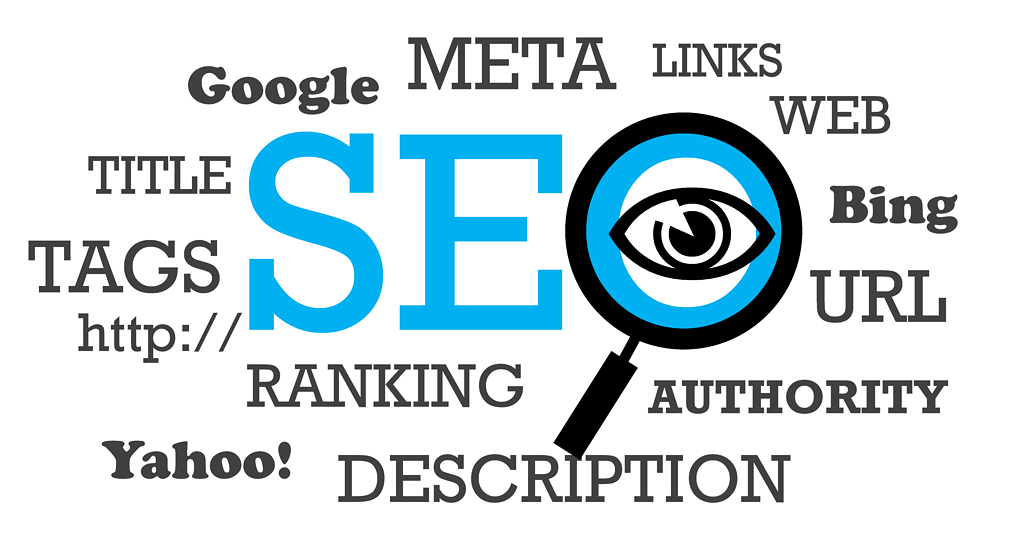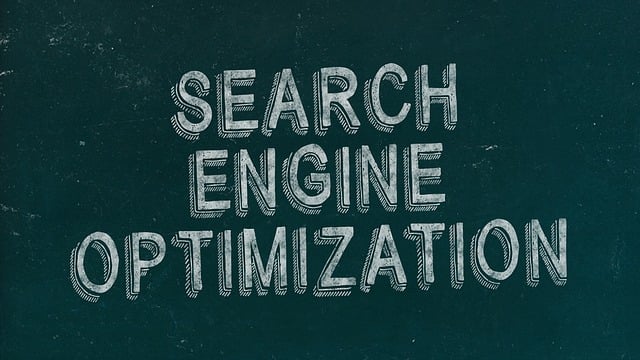SEO
flourishingworld.online
11 April 2024

What is SEO (Search Engine Optimization)
Search Engine Optimization or SEO is a continuous process of optimizing your website according to Google algorithms to increase the rankings on SERP ( Search Engine Result Page). We should also keep track of the content which we are putting on our website the content should not only be optimized in respect of search engines it should also be valuable and engaging for the users
The retention rate of a website will decide whether it will perform well or not in the future and retention rate means How much time a person spends on your website while consuming your content this is one the key factors for Ranking, Domain authority, Site authority, and many more..
What is the process of listing by Seach Engines
Okay, imagine search engines like Google as super smart detectives trying to find the perfect answers to your questions. They use these special rules called algorithms to decide which websites are the best matches for what you’re looking for.
So, when you type something into the search bar, these algorithms start their detective work. They look at a bunch of things to decide which websites should be at the top of the list. Here are the main things they check:
1. Are you saying the same things?
They want to see if the words on a website match what you typed into the search bar. This is where SEO comes in – it’s like using the right clues to help the detectives find your website.
2. Are other websites talking about you?
The more other websites talk about you and share your stuff, the more the detectives think your website is cool. It’s like getting lots of recommendations from friends.
3. Is your place easy to find and fun to explore?
The detectives want to send you to websites that are easy to use and load quickly, like a well-organized store where you can easily find what you need.
4. Is your stuff helpful and interesting?
Finally, they want to send you to websites that have great information, like a book full of answers. So, if your website has really helpful and interesting stuff, the detectives are more likely to send people there.
So, SEO is basically about making your website detective-friendly. You do this by using the right words, getting other websites to talk about you, making your site easy to use, and having awesome content. That way, when people search for something, the detectives are more likely to say, “Hey, check out this website – it’s got what you’re looking for!”
“HOPE THIS EXPLINATION MAKE IT CLEAR FOR YOU”

Type of SEO
1. On-Page SEO: This is like tidying up your own house to make it more welcoming to visitors. You spruce up things like the sign on your front door (meta tags), the labels on your rooms (headings), the stuff inside (content), and the pathways (URLs) to make it easier for people to find what they’re looking for. You also figure out what people might ask for and make sure you have the right stuff ready (keyword research).
2. Off-Page SEO: Imagine it’s like getting recommendations from friends. Off-page SEO is about making friends with other websites so they’ll vouch for you. The more reputable friends you have linking back to you, the more search engines trust you and think you’re cool.
3. Technical SEO: This is like making sure your house is structurally sound and easy to navigate. You fix things like creaky doors (broken links), slow elevators (site speed), and making sure it’s easy for everyone to get around, whether they’re walking, using a wheelchair, or riding a bike (optimizing for mobile devices).
4. Local SEO: Local SEO is like putting up signs around your neighborhood so people know where to find you. You make sure your name is on the map (Google My Business), you ask your neighbors to say nice things about you (reviews), and you make sure everyone knows your address and phone number (consistent business information).
5. Voice Search SEO: With voice search, it’s like having a conversation with your house. You want to make sure your house knows how to answer questions in a friendly and natural way, just like you’d talk to a friend.
6. E-commerce SEO: If you’re running an online store, it’s like organizing your shop so people can find what they need easily. You make sure your product names and descriptions are clear (product titles and descriptions), your shelves are well-organized (site navigation), and your store is inviting and easy to navigate (user experience).
7. Content SEO: Content SEO is like writing a really helpful guidebook for your house guests. You want to cover all the important topics, use language that everyone can understand, and make sure it’s organized in a way that makes sense.
8. Mobile SEO: Mobile SEO is like making sure your house is accessible to everyone, whether they’re coming in through the front door or the back. You make sure everything looks good and works well on smaller screens (responsive design), loads quickly (fast loading times), and is easy to use with touch controls (mobile-specific user experience).
9. Video SEO: Video SEO is like making sure your house looks great in photos and videos. You optimize things like titles, descriptions, and tags so people can find your videos easily, and you make sure they look good and load quickly (optimizing video hosting platforms).
10. International SEO: International SEO is like making sure your house is welcoming to guests from all over the world. You speak their language (optimizing for different languages), understand their customs (considering cultural differences), and make sure they feel at home (international link building).
11. Image SEO: Image SEO is like making sure your house looks good from the outside. You optimize things like filenames, alt text, and captions so search engines know what your images are about, and you make sure they load quickly and look great (optimizing image size and format).
12. Enterprise SEO: Enterprise SEO is like managing a big, busy hotel. You have to make sure everything runs smoothly, from the front desk to housekeeping, and you have to keep track of lots of guests (content), make sure everything is in good shape (technical SEO), and keep everyone happy (coordinating efforts across departments and teams).
Techniques of Search Engine Optimization (SEO)

1. Keyword Research: Think of it like this – when we’re trying to figure out what people are searching for, we use special tools to find the words and phrases they’re using. We want to find keywords that lots of people are searching for, but not too many websites are using. That way, we have a better chance of getting noticed.
2. On-Page Optimization: This is all about making our website more friendly to search engines. We tweak things like the titles, headings, and content on our pages to make sure they include the keywords we found in our research. It’s like making sure our house has a big sign out front with our name on it, so people know they’re in the right place.
3. Content Creation and Optimization: We want to create content that people actually want to read – stuff that’s helpful, interesting, and easy to understand. We sprinkle in those keywords we found earlier, use clear headings to organize our ideas, and make sure everything is up-to-date and relevant.
4. Link Building: It’s like making friends in the neighborhood. We reach out to other websites and ask them to link back to us. The more friends we have linking to our site, especially if they’re popular and trustworthy, the more search engines trust us and think we’re important.

5. Technical SEO: This is like making sure our house is in good shape. We fix any broken links, make sure everything loads quickly, and make it easy for search engines to understand what our website is all about.
6. Local SEO: If we have a physical store or serve a specific area, we want to make sure people nearby can find us online. We claim our Google listing, ask customers to leave reviews, and make sure our address and phone number are easy to find.
7. User Experience Optimization: We want our website to be easy and enjoyable to use. That means making sure it loads quickly, looks good on all devices, and has helpful information that’s easy to find.
8. Monitoring and Analytics: We keep an eye on how our website is doing using tools like Google Analytics. We track things like how many people are visiting our site, what they’re searching for, and whether they’re doing what we want them to do, like making a purchase or signing up for our newsletter.
9. Schema Markup: Think of schema markup as adding extra information to our website to help search engines understand what it’s all about. It’s like adding labels to different parts of our house so search engines know where everything is.
10. Content Syndication: We share our content on different platforms and websites to reach more people and get more links back to our site. It’s like spreading the word about a great party – the more people who know about it, the more likely they are to show up.
11. Internal Linking: This is like creating a roadmap for our website. We link from one page to another to help visitors find their way around, and to show search engines which pages are the most important.
12. Structured Data Markup: Structured data markup is like adding labels to our content so search engines can understand it better. It’s like telling them, “Hey, this is a recipe,” or “This is a product review.”
13. Featured Snippets Optimization: We optimize our content to appear in those special blocks at the top of search results. It’s like getting the best spot in the neighborhood parade – everyone sees us first.
14. Voice Search Optimization: With more people using voice assistants, we want to make sure our content is easy to find and understand when someone asks a question out loud. It’s like having a friendly conversation with our website visitors.
15. Competitor Analysis: We check out what our competitors are doing to see if there are any tricks we can learn. It’s like watching the other players in a game to see what moves they make.
16. User Intent Optimization: We want to make sure our content matches what people are actually looking for. It’s like being a mind reader – we try to figure out what our audience wants and give it to them.
17. Semantic SEO: Semantic SEO is like speaking the same language as our audience. We use related words and phrases to make sure our content is clear and easy to understand.
18. Data-driven Decision Making: We use data to guide our decisions. It’s like having a map – we can see where we’re going and make adjustments along the way.
19. AI and Machine Learning: We use AI and machine learning to help us analyze data and make predictions about what might happen next. It’s like having a super-smart assistant who can help us figure out the best way to reach our goals.
Don't Hesitate To Contact Us
we are always available to help you guys feel free to contact us regarding any query or help

